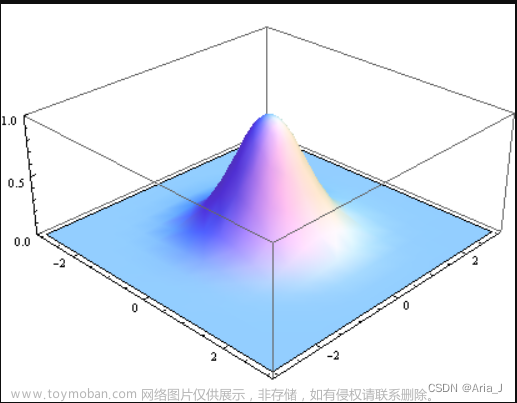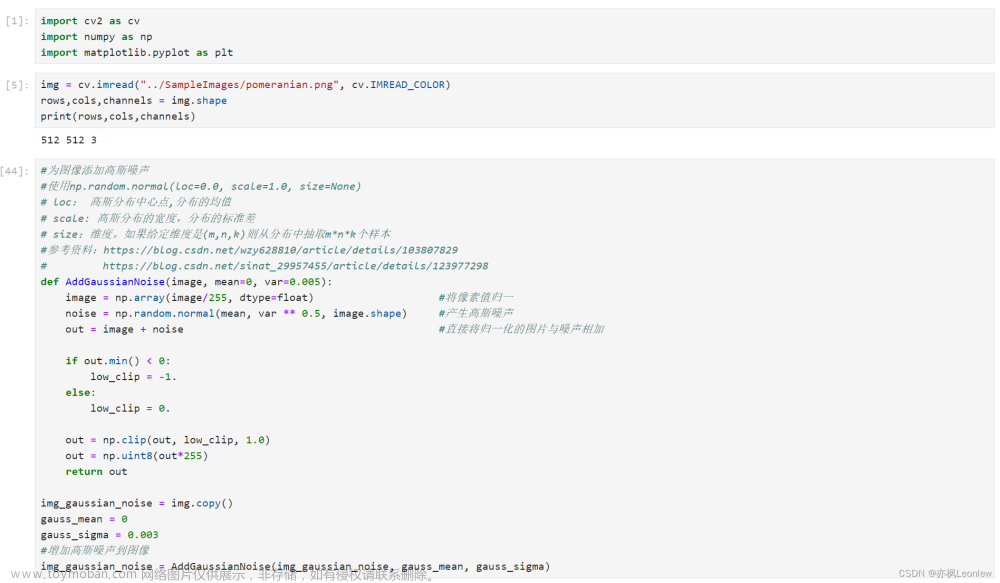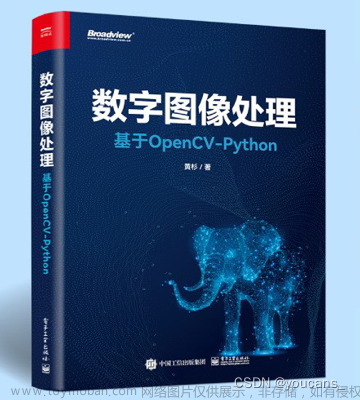导读
这篇文章主要介绍如何利用opencv来对图像添加各类噪声,原图
高斯噪声
高斯噪声就是给图片添加一个服从高斯分布的噪声,可以通过调节高斯分布标准差(sigma)的大小来控制添加噪声程度,sigma越大添加的噪声越多图片损坏的越厉害
#读取图片
img = cv2.imread("demo.png")
#设置高斯分布的均值和方差
mean = 0
#设置高斯分布的标准差
sigma = 25
#根据均值和标准差生成符合高斯分布的噪声
gauss = np.random.normal(mean,sigma,(img_height,img_width,img_channels))
#给图片添加高斯噪声
noisy_img = image + gauss
#设置图片添加高斯噪声之后的像素值的范围
noisy_img = np.clip(noisy_img,a_min=0,a_max=255)
#保存图片
cv2.imwrite("noisy_img.png",noise_img)

椒盐噪声
椒盐噪声就是给图片添加黑白噪点,椒指的是黑色的噪点(0,0,0)盐指的是白色的噪点(255,255,255),通过设置amount来控制添加噪声的比例,值越大添加的噪声越多,图像损坏的更加严重
#读取图片
img = cv2.imread("demo.png")
#设置添加椒盐噪声的数目比例
s_vs_p = 0.5
#设置添加噪声图像像素的数目
amount = 0.04
noisy_img = np.copy(image)
#添加salt噪声
num_salt = np.ceil(amount * image.size * s_vs_p)
#设置添加噪声的坐标位置
coords = [np.random.randint(0,i - 1, int(num_salt)) for i in image.shape]
noisy_img[coords[0],coords[1],:] = [255,255,255]
#添加pepper噪声
num_pepper = np.ceil(amount * image.size * (1. - s_vs_p))
#设置添加噪声的坐标位置
coords = [np.random.randint(0,i - 1, int(num_pepper)) for i in image.shape]
noisy_img[coords[0],coords[1],:] = [0,0,0]
#保存图片
cv2.imwrite("noisy_img.png",noise_img)

泊松噪声
#读取图片
img = cv2.imread("demo.png")
#计算图像像素的分布范围
vals = len(np.unique(image))
vals = 2 ** np.ceil(np.log2(vals))
#给图片添加泊松噪声
noisy_img = np.random.poisson(image * vals) / float(vals)
#保存图片
cv2.imwrite("noisy_img.png",noise_img)
 文章来源:https://www.toymoban.com/news/detail-613037.html
文章来源:https://www.toymoban.com/news/detail-613037.html
speckle噪声
#读取图片
img = cv2.imread("demo.png")
#随机生成一个服从分布的噪声
gauss = np.random.randn(img_height,img_width,img_channels)
#给图片添加speckle噪声
noisy_img = image + image * gauss
#归一化图像的像素值
noisy_img = np.clip(noisy_img,a_min=0,a_max=255)
#保存图片
cv2.imwrite("noisy_img.png",noise_img)
 文章来源地址https://www.toymoban.com/news/detail-613037.html
文章来源地址https://www.toymoban.com/news/detail-613037.html
到了这里,关于python使用opencv对图像添加(高斯/椒盐/泊松/斑点)噪声的文章就介绍完了。如果您还想了解更多内容,请在右上角搜索TOY模板网以前的文章或继续浏览下面的相关文章,希望大家以后多多支持TOY模板网!













